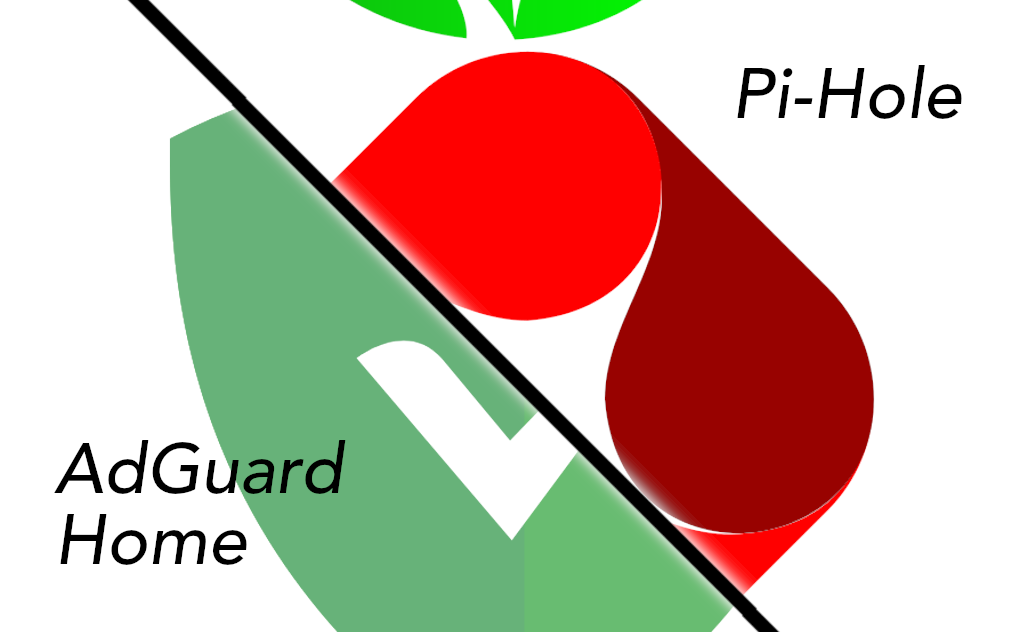As we delve deeper into the interesting world of Home Theater PCs and take advantage of the many applications available, to enjoy our favorite content in the most comfortable ways, there is a growing aspect of it all that kind of defeats the purpose: the number of apps necessary to control your HTPC interface effectively, grows with every feature we want to add to our setup. This makes it uncomfortable if you want, for example, to browse your library and then check your ongoing downloads, since you will have to handle different interfaces for each task.
Luckily, there are solutions to this, and the most prominent one is currently the application known as HTPC Manager. This app combines all your HTPC software into an easy-to-use interface, from which you can control every aspect of your setup. The web-based application will allow you to perform tasks such as play/pause content, manage your library, create playlists, search content, manage downloads, and much more, and if this wasn’t enough for you, it also can be used from any web-enabled device such as tablets, mobile phones and computers. [Read: 5 Must have Android apps for HTPC or Home Server control]
Just picture it: you could use your tablet to control every aspect of your HTPC, while sitting comfortably on your couch, using HTPC Manager as a Kodi interface or an interface for any other apps you need.
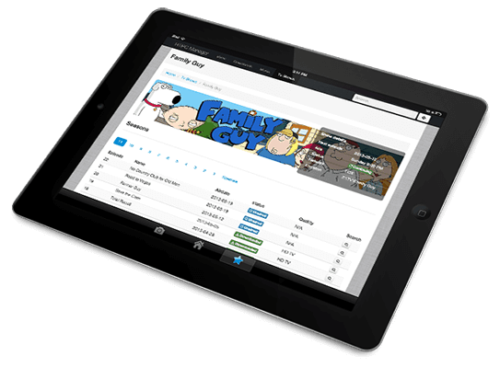
So what apps can I control through HTPC Manager?
It is a very good question. With this amazing open-source web-interface, you can control the most popular HTPC apps such as XBMC/Kodi, Sick Beard, SABnzbd, CouchPotato, Transmission, and others. Because it is an open-source project, it is also available on GitHub, which makes contributing, or reporting bugs, very easy. Updates are also available from GitHub or directly from HTPC Manager. [Read: 5 best Wireless HTPC keyboard and mouse options in 2015]
HTPC manager is created taking advantage of Twitter Bootstrap, which helps its insanely wide range of compatibility across devices. No matter what device you use HTPC manager from, it will always look good, because the interface adapts to the size of the screen you are currently using.
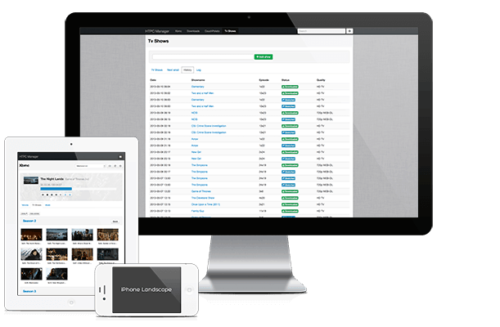
That sounds good, how can I install HTPC Manager?
The easiest way to install HTPC Manager is through our famous AtoMiC ToolKit for Ubuntu. It will automatically run all necessary steps to download HTPC Manager and set it up. A step-by-step guide will be published shortly. In the meantime, according to HTPC Manager’s official website, the installation can be very easy, however, it is not a cakewalk. The main requirement for HTPC Manager to run is to have Python installed on your system, from which the difficult part is getting the Python Image library. A detailed explanation about the procedure to follow on these installs can be seen at their official website.
Recommended HTPC / Home Server Builds:
- Best Home Theater PC Build 2017 to do it all (Plex, Kodi, NAS, Gaming)
- Best Emby Server builds 2018 – Pre-built and DIY options
- Medium Budget 4K HTPC Build 2017 for Kodi, Plex and Gaming
- Cheap 4K HTPC Build for Kodi, OpenELEC, and LibreELEC 2017
- Low Power Home Server Build 2017 for Network File and Media Storage
- Best HTPC for Kodi with 4K on a Medium Budget 2017 (~$400)
- Energy efficient budget HTPC-NAS combo build 2016
Seems a bit complex. Would you recommend HTPC Manager?
If you plan on setting up an HTPC with all the bells and whistles, but you are a fan of simplicity and comfort, I would strongly recommend installing this app. The process to get it ready may seem a little bit counter-intuitive at first, but once you get it up and running, you will be able to control your HTPC in the most comfortable and advantageous way possible, without having to use five different interfaces. This, in the long run, will save you time and allow you to focus on content and enjoyment a lot more. Besides, HTPC Manager is free, so what are you waiting for?


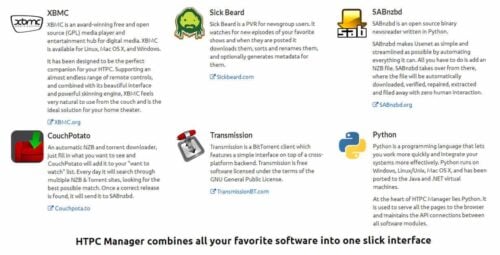
![15 Best Jellyfin Plugins [2023] - Supercharge your Media Server Jellyfin Intros Plugin Preview Pre-Roll](https://www.smarthomebeginner.com/images/2022/08/jellyfin-intros-preroll-preview.jpg)


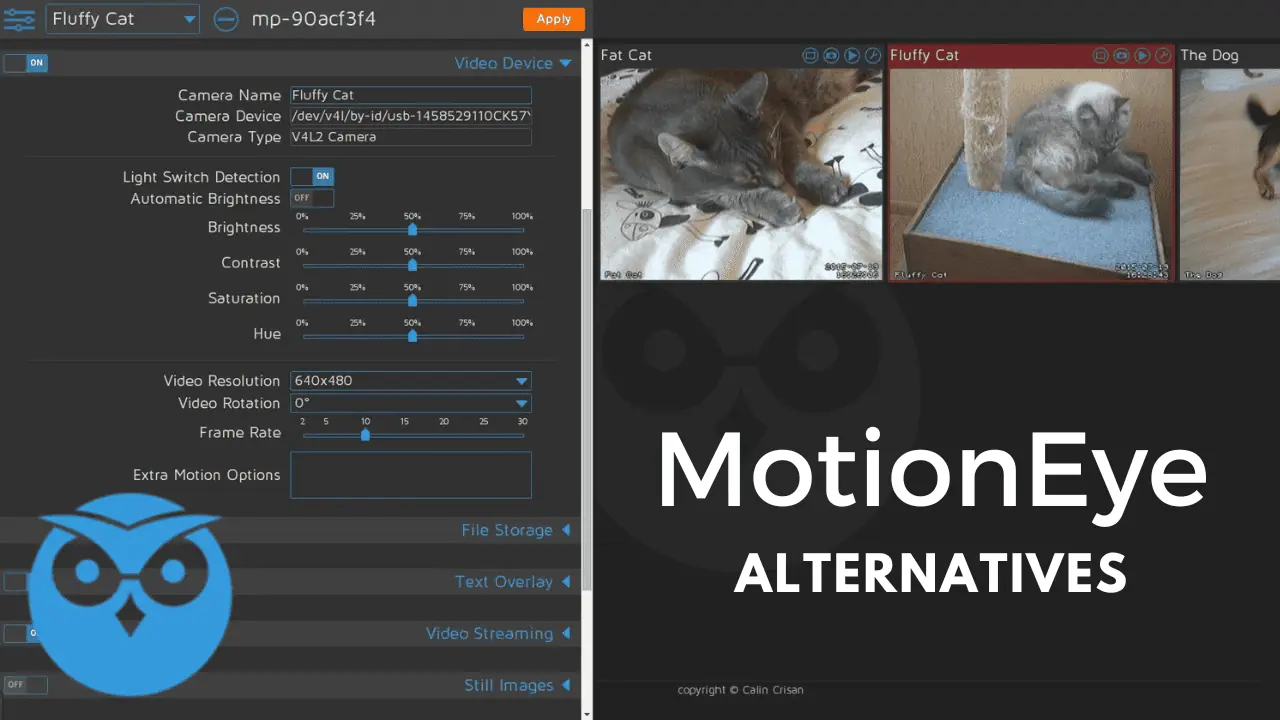
![15 Best Plex Alternatives [2022] - FREE and BETTER Options Best Plex Alternatives feature image](https://www.smarthomebeginner.com/images/2022/08/best-plex-alternatives-feature-image.gif)
